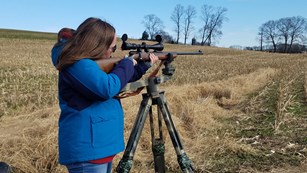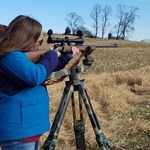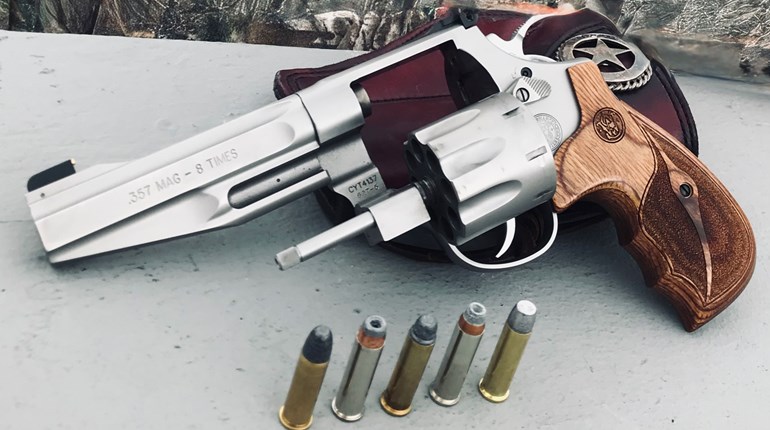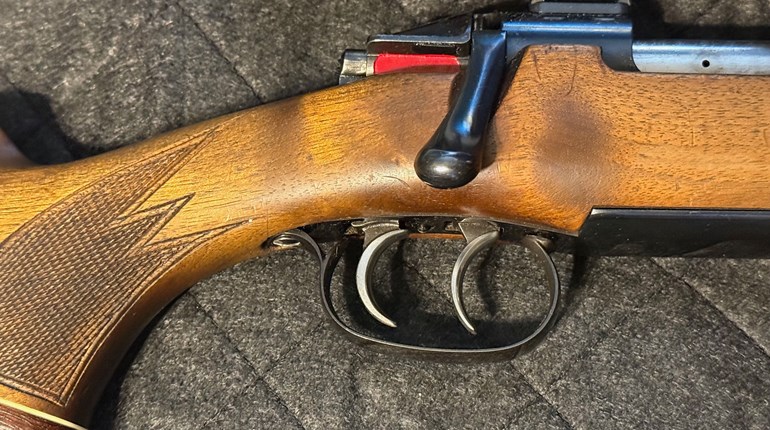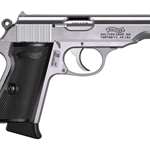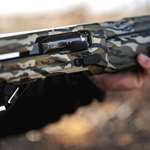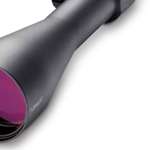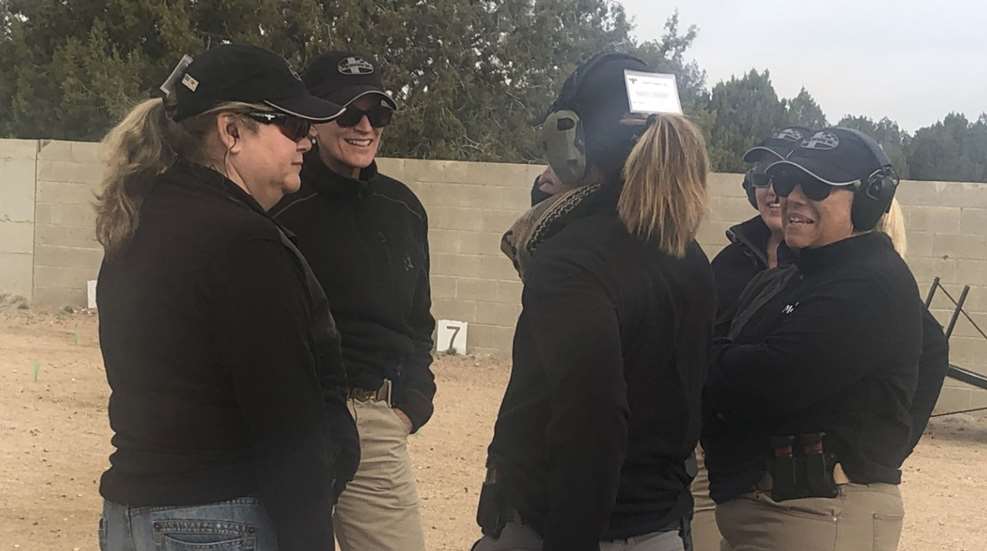
Anyone who has been around firearms for at least 50 years, or who has made a living with guns since the late 1990s and early 2000s, can attest to the fact that some things are different now. Although the spirit of the Second Amendment has remained, firearms were once considered works of art and were primarily used for hunting. These days the emphasis is more on the polymer and synthetic guns primarily designed for self-defense.

Unless you are into shotgun games, upland game bird hunting, or pursuing dangerous game animals in Africa, side-by-side and over-under shotguns are less popular. Nonetheless, to stay relevant in discussions, many terms still apply to modern sporting arms and self-defense pistols, thus all firearm enthusiasts should be familiar with double-barrel gun terminology.(Author is shown here)
Lock
Gun collectors, owners and shooters typically associate the word “lock” with pre-modern wheellocks, flintlocks and percussion locks. What many gun owners do not understand is that modern firearms also have locks, even though the word has fallen off in contemporary gun-speak. The lock of a firearm are the parts or mechanisms used to initiate the firing process.
The word “action” is usually used instead of the older term “lock.” For example, “over-under” or “side-by-side” shotguns or rifles are often referred to as “break actions,” but there is still a lock in the firearm. These locks are either “sidelock” or “boxlock” actions. This is also the same regarding bolt-action rifles. These guns are usually considered boxlock firearms.
The firearm’s lock mechanism is secured to the “lockplate” of the firearm. The lockplate is found either on the side of the firearm (sidelock) or inside the body of the firearm (boxlock).
Hammer vs. Hammerless
Most firearm enthusiasts are familiar with the term “hammer,” which is the piece that, once the trigger is squeezed, strikes the primer or firing pin to start the ignition process of the firing sequence. Hammers are easily seen at the rear of the firearms in most revolvers, 1911 platform handguns, and double/single semi-automatic pistols. Unfortunately, many new shooters mistakenly think that if they cannot see an external hammer, the firearm is hammerless.
The term “hammerless” does not accurately describe many firearms. Many hammerless firearms do, in fact, have hammers. Break-action firearms like over-under and side-by-side shotguns and rifles are called hammerless, but have an internal hammer hidden inside the body. Even pistols that have that “striker fire” look may actually have an internal hammer. That would be true of the Smith & Wesson M&P Shield EZ, which looks like Smith & Wesson’s striker-fire guns but possesses an internal hammer.
Sidelock Action
The development of sidelock firearms came about when technological advances were available to move the external locks, or firing mechanisms, to the inside of the firearm. Sidelock firearms are those that have the locks, or firing mechanisms, affixed to a lockplate that was attached to the side of the firearm. A sideplate was then attached to cover the lock work on the inside, allowing for space for ornate engraving on the outside.
Many enthusiasts of double-barreled guns considered sidelocks to be superior to boxlocks. This primarily relates to tradition. Some shooters claim that the sidelock has a better trigger pull than a boxlock. If this were true, only the most “refined” shooters would be able to feel the difference. Enthusiasts also prefer the sidelock because of the elegance of an engraved sideplate (which has nothing to do with performance). The downside of sidelock firearms is that they are more expensive to manufacture than boxlock shotguns and rifles.
Boxlock Action
Boxlock firearms, those that had the lock or firing mechanisms placed inside the body of the firearms, were developed around 1875. These firearms are designed, like the sidelock gun, to protect the firing mechanisms by placing them inside the body of the shotgun or rifle.


A downside of early boxlock firearms is that, due to the lack of a sideplate, they did not feature the elegant engraving on the side of the gun. Due to consumer demand, gun makers fixed this by adding a “false” sideplate to their firearms to offer more surface area for engravings. There are several benefits to boxlock firearms. They are considered stronger firearms compared to sidelock guns. This allows for the boxlock firearms to be chambered for larger magnum cartridges such as the .470 Nitro Express. Too, boxlock firearms are cheaper to manufacture than sidelock guns because there are less parts to produce.
Trigger-Plate Action
The trigger-plate action firearm are guns that have the lock or firing mechanisms attached to the trigger plate. This type of action has been around since the late 1800s. In the early 1900s, when over-under firearms were being developed, these double-barreled guns had a boxlock action. It was in the 1970s when gun manufacturers started mass producing over-unders that trigger-plate actions really took off.
Trigger-plate actions are less expensive to produce than the boxlock, and it gave the over-under firearm a lower profile. This made the gun easier to shoot than other over-under firearms on the market. One of the most popular trigger-plate action over-and-under on the market today is the Beretta Silver Pigeon shotgun.
Round Action
Round actions are usually attached to the trigger plate but are rounded. These guns have a unique round shape. It makes the shotgun or rifle look like someone is shooting a round pipe or wooden rod. Round-action firearms are considered the most elegant and desirable firearms made. You are not likely to see one at your local range, but if you do, you will not forget it!
Round Body
Round-body firearms are usually either boxlock actions or sidelock actions. The round body firearm gets its name from the fact that the body of the firearm and its receiver has rounded edges instead of angular ones. Round-body firearms are not as “rounded” as round-action firearms.
Whether you shoot old guns for nostalgic reasons, or if you own and shoot only modern firearms, educate yourself on as many types of firearms and types of shooting as you can. The more you know, the more conversations in which you can participate. It’s never comfortable to find yourself in a conversation in which you cannot contribution to the discussion or are completely unfamiliar with the language.








